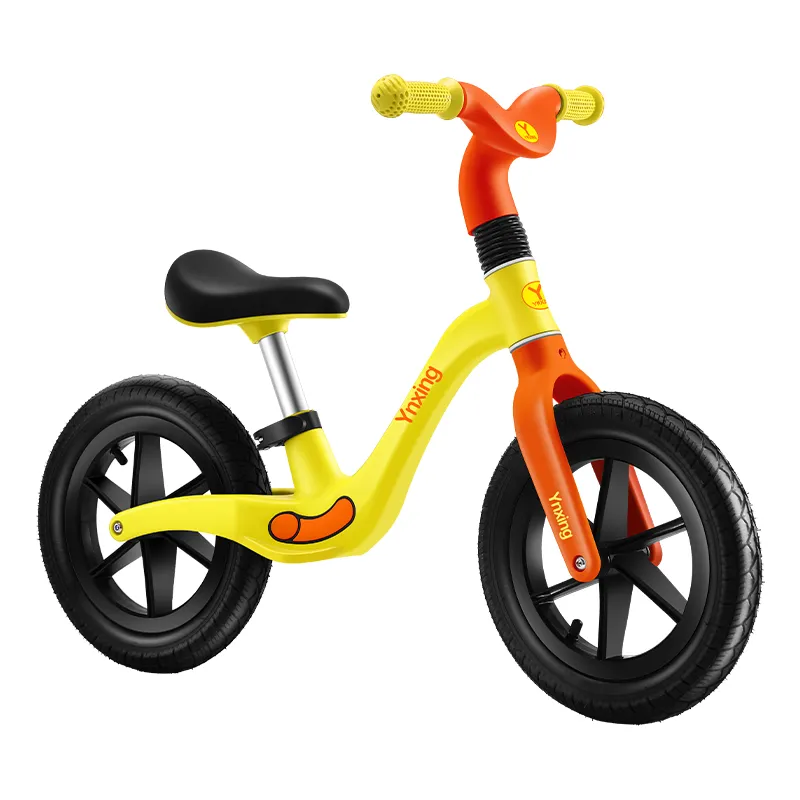Understanding Different Types of Mountain Bikes and Their Uses for Trail Riding
Understanding Mountain Bike Classification
Mountain biking is an exhilarating sport that attracts adventure seekers from all walks of life. Whether navigating through rugged trails or racing down steep descents, riders require the right bike tailored for their specific needs. To aid enthusiasts in choosing the perfect ride, mountain bikes are classified into various categories based on their design and intended use. Understanding these classifications can greatly enhance a rider's experience on the trail.
Cross-Country Bikes
Cross-country (XC) bikes are designed for efficiency and speed over moderate terrain. They typically feature lightweight frames, narrow tires, and a more upright riding position. The main goal for XC bikes is to optimize pedaling efficiency, making them ideal for long-distance rides and races. These bikes generally come with 100mm to 120mm of suspension travel, which is sufficient to tackle rough terrains while maintaining speed. XC bikes are perfect for riders who relish climbing hills and long rides across varying landscapes.
Trail Bikes
Trail bikes are versatile machines that cater to a wide range of mountain biking experiences. With a suspension travel of 120mm to 150mm, they strike a balance between climbing efficiency and downhill capability. Trail bikes are designed to handle a variety of terrains, making them suitable for both technical climbs and aggressive descents. Their geometry often promotes a more balanced riding position, providing stability and control. Trail riders can expect a robust and well-rounded experience, accommodating everything from flowy singletrack to rocky paths.
All-Mountain Bikes
As the name suggests, all-mountain bikes are built to handle diverse conditions and trails. With suspension travel ranging from 150mm to 180mm, these bikes are designed for riders who love to tackle steep descents and technical terrain without compromising their climbing abilities. All-mountain bikes are generally heavier than XC and trail bikes, but they come equipped with more robust components to withstand the rigors of downhill riding. They are perfect for adventurous riders who want to explore challenging trails and require a bike that can handle a variety of obstacles.
mountain bike classification

Enduro Bikes
Enduro bikes are built for those who appreciate the thrill of downhill racing but still enjoy climbing. Featuring 160mm to 180mm of travel, these bikes excel in steep and technical descents, allowing riders to push their limits on challenging courses. Enduro bikes have a geometry that promotes stability at high speeds and can tackle rough terrain efficiently. They are designed for endurance races where riders face demanding downhill segments followed by grueling climbs. Riders opting for enduro bikes are often those who dabble in competitive racing while enjoying the technicality of the trails.
Downhill Bikes
Downhill (DH) bikes are purpose-built for descending steep and extreme terrains at high speeds. With downhill-specific geometry and suspension travel often exceeding 200mm,these bikes prioritize stability and control on steep descents. They are equipped with heavy-duty components to withstand the forces of aggressive riding, making them unsuitable for climbing. DH bikes are perfect for riders who are focused solely on downhill performance, such as those involved in downhill racing or park riding.
Fat Bikes
Fat bikes stand out with their oversized tires, designed to provide stability and traction on soft or loose surfaces like snow and sand. These bikes typically have a broad frame to accommodate larger tires, making them unique among mountain bike classifications. Fat bikes are perfect for adventurous riders who enjoy off-season biking and want to explore terrains often deemed unrideable during the winter months.
Conclusion
Understanding mountain bike classification is essential for any rider looking to find the perfect fit for their biking style. From cross-country to fat bikes, the diverse options cater to various riding experiences. By knowing the distinctions between these classifications, riders can select the ideal companion for their mountain adventures, enhancing their enjoyment and overall performance on the trails. Whether a newbie or a seasoned pro, choosing the right mountain bike is crucial for maximizing the thrill of the ride.
-
Unlock Adventure and Confidence with Our Premium Kids' Bikes CollectionNewsAug.27,2025
-
Fun and Safe Adventures with Our Premium Kids Scooter CollectionNewsAug.27,2025
-
Exciting Adventures Begin with Our Premium Kids Mini Bike CollectionNewsAug.27,2025
-
Empower Your Child’s First Ride with Our Premium Kids Balance Bike CollectionNewsAug.27,2025
-
Discover the Ultimate Convenience and Safety with Our Kids Tricycle CollectionNewsAug.27,2025
-
Discover Fun and Development with Our Premium Swig Car CollectionNewsAug.27,2025
-
Kids Scooter Tiny Olympic Games: Scooterathlon!NewsAug.22,2025








